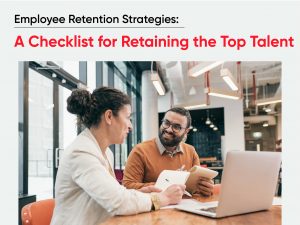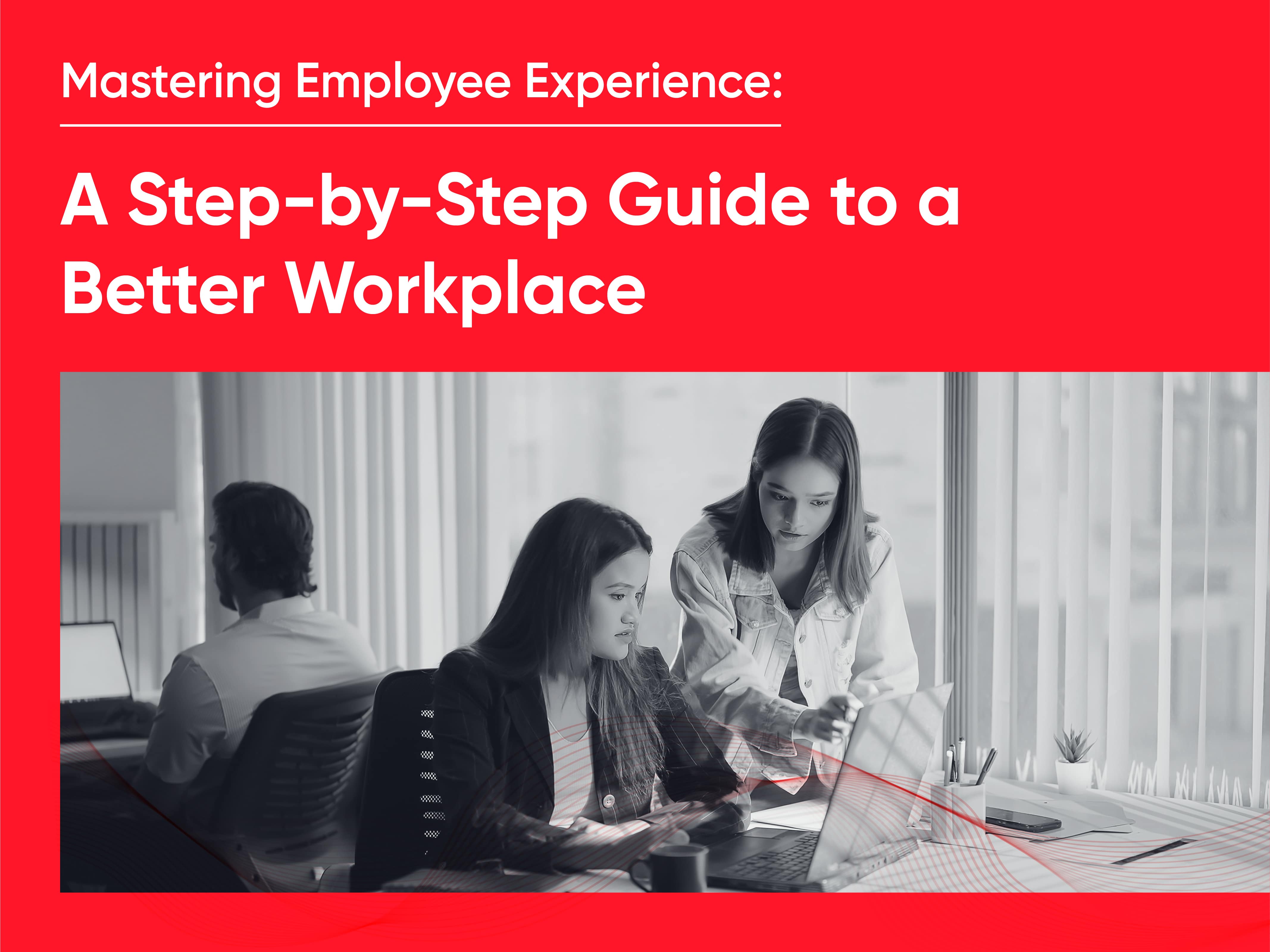Reading Time: 5 minutes
Post-pandemic, prioritizing employee well-being became a central focus for company leaders, driven by the recognition of the profound impact the crisis had on mental health and work dynamics. Organizations are investing heavily in wellness programs, mental health resources, and flexible work arrangements, aiming to support their employees in adapting to the new normal. Initiatives such as virtual therapy sessions, mindfulness workshops, and comprehensive health benefits were introduced to foster a supportive and resilient workforce. Despite these efforts, however, surveys have indicated that employees’ overall psychological and emotional health has seen minimal improvement. This highlights the complexity of addressing well-being in the workplace and underscores the need for continued innovation and commitment from leadership to truly enhance the employee experience in a sustainable way.

What builds well-being for employees?
Sense of purpose
A sense of purpose is vital in the workplace, yet nearly half of respondents in the 2023 market survey (46%) reported that they did not find their work meaningful. Research from Johns Hopkins highlights this experience gap as a significant factor in why only one in six employees globally are “flourishing.” Employees are less likely to feel engaged and motivated without meaningful work, leading to lower overall well-being and productivity. Cultivating a sense of purpose can help bridge this gap, enabling employees to find value in their roles and contribute more effectively to their organizations.
Mental and emotional support
Mental and emotional support in the workplace is crucial for maintaining a positive outlook, even amid adversity. When cultivated across an organization, this positivity contributes to the development of “psychological capital.” Psychological capital comprises optimism, resilience, and confidence, forming a reservoir of goodwill that companies can rely on during challenging times. By fostering a supportive environment, organizations enhance individual well-being and build collective strength. This reservoir of psychological capital helps employees navigate stress, adapt to changes, and maintain productivity, ultimately contributing to the long-term success and stability of the organization.
Mental and emotional support
Mental and emotional support in the workplace is crucial for maintaining a positive outlook, even amid adversity. When cultivated across an organization, this positivity contributes to the development of “psychological capital.” Psychological capital comprises optimism, resilience, and confidence, forming a reservoir of goodwill that companies can rely on during challenging times. By fostering a supportive environment, organizations enhance individual well-being and build collective strength. This reservoir of psychological capital helps employees navigate stress, adapt to changes, and maintain productivity, ultimately contributing to the long-term success and stability of the organization.

Personal support
Personal support from managers significantly impacts employee well-being, often more than therapists or doctors. At best companies, 84% of employees believe management shows a sincere interest in them as individuals. However, the 2023 market study revealed that only 58% of employees at an average workplace felt similarly supported. This disparity highlights managers’ crucial role in fostering a supportive and caring work environment. When managers genuinely care about their employees, it enhances well-being, engagement, and overall job satisfaction.
Financial health
Financial health is a critical component of overall well-being, as financial worries can negatively impact other areas of life. Recognizing this, great workplaces are increasingly focusing on supporting their employees’ financial health. They offer tools and programs designed to help employees build a strong financial foundation, such as financial literacy workshops, retirement planning resources, and budgeting tools. By addressing financial concerns, these organizations alleviate stress and empower employees to achieve stability and peace of mind, ultimately enhancing their overall well-being and productivity.
Meaningful connections
Meaningful connections are essential for employee well-being, as they significantly influence how connected workers feel to their colleagues and management. The Johns Hopkins study revealed that 25% of employees feel lonely at work, and 30% do not experience a sense of belonging. These feelings of isolation can detract from overall job satisfaction and mental health. Building strong, supportive relationships within the workplace helps foster a sense of community and belonging. Encouraging team collaboration, social interactions, and open communication can bridge these gaps, creating a more inclusive and connected work environment.

What sets the Best Workplaces apart?
Here’s what you can do to generate good results from your wellbeing practices-
Ask questions to identify barriers to well-being
Asking questions to identify barriers to well-being is crucial for creating a supportive and healthy work environment. By engaging with employees through thoughtful and specific inquiries, organizations can uncover the underlying issues that impact well-being. This proactive approach allows employers to understand stressors, gaps in support, and areas where employees feel unfulfilled or disconnected. Addressing these concerns enhances individual satisfaction and mental health and fosters a culture of openness and continuous improvement. When employees feel heard and valued, it leads to increased engagement, productivity, and loyalty, ultimately contributing to the organization’s overall success.
Align benefits to the needs employees share with you
Aligning benefits to employees’ needs is essential for creating a workplace culture that prioritizes their well-being. Organizations can tailor their benefits packages to address specific needs and preferences by actively listening to employees and understanding their concerns. Whether it’s offering flexible work arrangements to promote better work-life balance, providing comprehensive mental health support, or implementing wellness programs that focus on physical health, aligning benefits with employee feedback demonstrates a commitment to their overall wellness. This approach helps attract and retain top talent and fosters a positive work environment where employees feel supported and valued. Ultimately, aligning benefits to employee needs contributes to higher job satisfaction, increased productivity, and improved overall morale.
Take action to influence the big picture
Taking action to influence the big picture involves implementing strategies and initiatives that go beyond individual employee needs to drive systemic change within the organization and the broader industry. This may include advocating for policies that promote diversity, equity, and inclusion, both internally and externally. It could also involve investing in sustainable practices that reduce the organization’s environmental impact and contribute to a healthier planet. Additionally, organizations can take action to address social issues and community needs through corporate social responsibility initiatives and philanthropy. By actively engaging with stakeholders, collaborating with industry partners, and leveraging resources, organizations can have a meaningful impact on society while also advancing their long-term goals and objectives.
Creating a workplace environment that prioritizes employee well-being is essential for fostering a healthy, productive, and sustainable organization. By adopting proactive measures, fostering a culture of openness and continuous improvement, and advocating for systemic change, organizations can create workplaces where employees feel valued, supported, and empowered to thrive. Visit us here to learn more.










